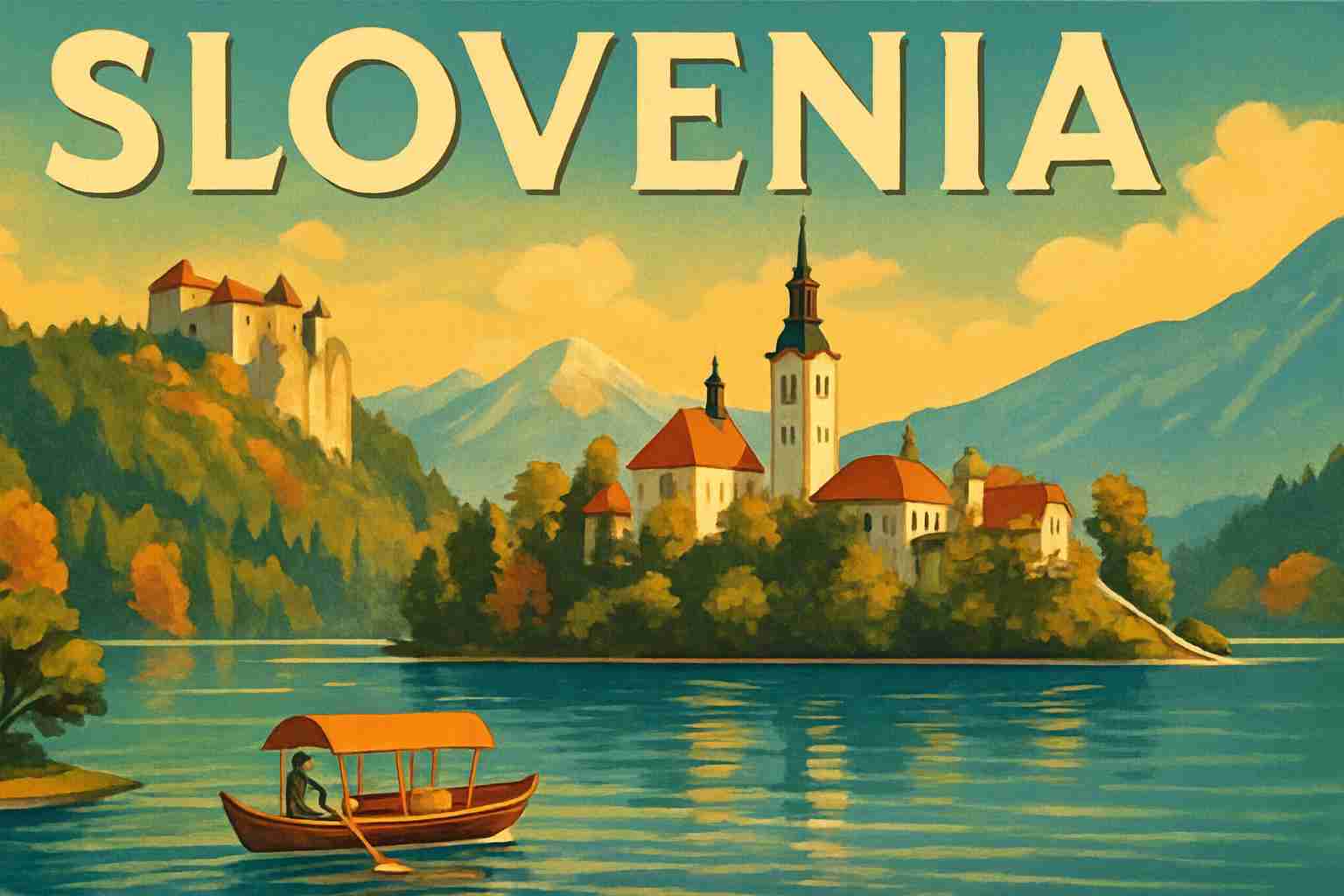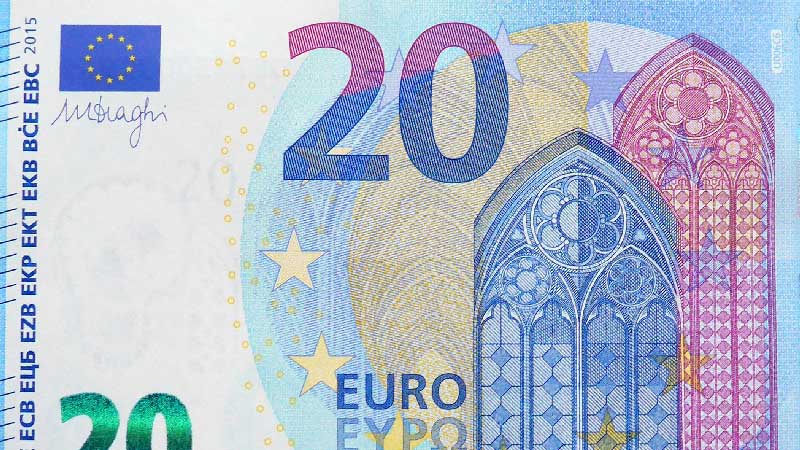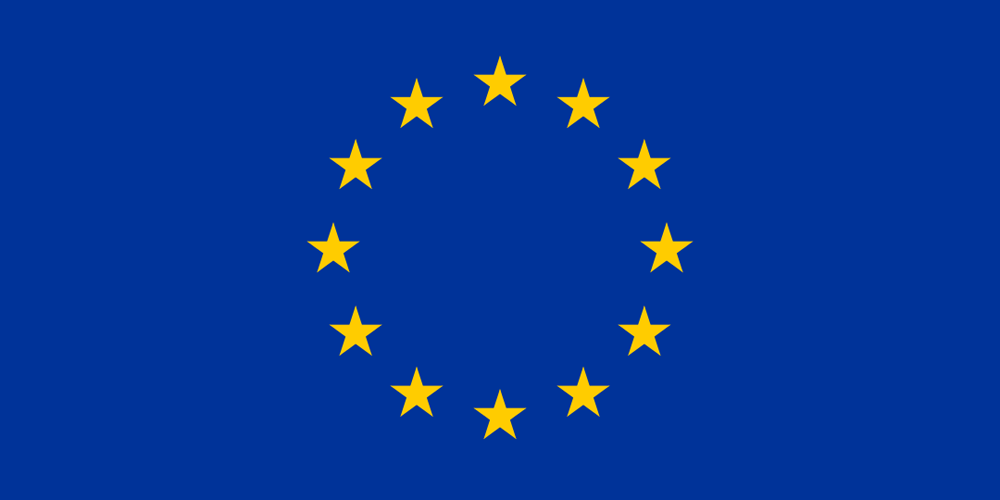Currency in Slovenia: EUR Send & Spend FX Guide
 Resources for Expats, Travelers and Entrepreneurs Navigating Life and Trade in Slovenia with the Euro.
Resources for Expats, Travelers and Entrepreneurs Navigating Life and Trade in Slovenia with the Euro.

What's in this Slovenia currency guide?
What currency is used in Slovenia?
The official currency of Slovenia (country code: SI) is the Euro, with symbol € and currency code EUR.
What is a good Euro exchange rate?
The BestExchangeRates.com currency comparison table below helps you see the total cost of your currency transaction by showing the exchange rates offered by different providers. It also makes it easy to spot potential savings from market-leading FX services compared to bank rates.
To see a full list of rates, enter your transaction type, currencies and amount then click ‘GET RATES’:
Loading rates...
|
|
|
Good things to know about the Euro
As of June 16, 2025, the Euro (EUR) has experienced notable developments affecting travelers, expats, and business owners:
- Interest Rate Adjustments: The European Central Bank (ECB) has reduced its key interest rates multiple times since April 2025, with the deposit rate now at 2%. This easing cycle aims to stimulate economic growth amid global uncertainties. (ft.com)
- Inflation Trends: Eurozone inflation has moderated, with the latest data showing a decrease to 2.4% in November 2024, bringing it closer to the ECB's 2% target. (nbcdfw.com)
- Eurozone Expansion: Bulgaria is on track to adopt the euro on January 1, 2026, following successful convergence assessments. This expansion may influence currency dynamics and economic interactions within the euro area. (en.wikipedia.org)
These developments are crucial for individuals and businesses engaged in international transactions, as they can impact exchange rates, purchasing power, and overall economic conditions.
For more EUR information check out our selection of Euro news and guides.
Frequently Asked Questions
What currency should I use in Slovenia?
The domestic currency in Slovenia is the Euro.
What is the Euro currency code and symbol?
The three letter currency code for the Euro is EUR — symbol is €.
What does the Euro look like?
Here is an example Euro banknote:

Which countries use the Euro?
It is the domestic currency in Eurozone, Aaland Islands, Andorra, Austria, Belgium, Croatia, Cyprus, Estonia, Finland, France, French Guinea, French Southern Territories, Germany, Greece, Guadeloupe, Vatican City, Ireland, Italy, Latvia, Lithuania, Luxembourg, Malta, Martinique, Mayotte, Monaco, Montenegro, Netherlands, Portugal, Reunion, Saint Barthelemy, Saint Martin, Saint Pierre and Miquelon, San Marino, Slovakia, Slovenia and Spain.
Is the Euro a closed currency?
No, the Euro is freely available and convertible. See guide: What is a closed currency?
What are equivalent amounts of USD and EUR?
Here are some popular conversion amounts for USD to EUR (US dollar to Euro)*.
*Converted at the current USDEUR interbank exchange rate. Calculate actual payout amounts for Send Money and Travel Money exchange rates.

Travel money for Slovenia
Using Wise for Euro travel money is a smart choice for savvy travelers. With its competitive exchange rates and low fees, Wise allows you to convert and manage multiple currencies effortlessly.
Be careful when using your own bank's Debit/Credit Card, as your bank may also charge an extra 3% as an “Overseas Transaction Charge” plus “Overseas ATM” fees for withdrawing cash on top of the standard Visa/Mastercard 2.5% from market mid-rate.
For card purchases, if you are offered a choice of currencies always select to Pay in Euro otherwise you will typically get much worst dynamic currency conversion (DCC) exchange rates.
If you really want Euro cash before departure, you can save money by ordering online. You generally get better rates and can pick up the EUR cash locally or even on travel day at the airport.
Slovenia: Travel Guide
Traveling to Slovenia requires careful financial planning to ensure a smooth and cost-effective experience. Here's a comprehensive guide to help you navigate currency considerations and manage your money effectively during your visit.

Slovenia is a charming and comfortable place to travel, with architecturally grand, cultured cities, and lush pine-forested countryside, perfect for hiking and biking in summer and skiing in winter. The country managed to avoid much of the strife that plagued other nations during the messy disintegration of the Yugoslav Republic, and has integrated quickly with Western Europe, joining the eurozone at the start of 2007. Slovenia is a charming and comfortable place to travel, with architecturally grand, cultured cities, and lush pine-forested countryside, perfect for hiking and biking in summer and skiing in winter. The country managed to avoid much of the strife that plagued other nations during the messy disintegration of the Yugoslav Republic, and has integrated quickly with Western Europe, joining the eurozone at the start of 2007.
Slovenia's castles are today atmospheric repositories of Slovenia's lively historical past. The 11th century Bled Castle is a cliffside setting for a fine history museum, while Predjama is linked to underground caverns – and tales of witchcraft. Limestone geology has given Slovenia some of the world's finest cave systems. Standouts include the UNESCO-listed caverns at Skocjan, home to the world's largest subterranean canyon, plus the 20km of passages, galleries and chambers at Postojna, Europe's most visited cave system.
How to get around in Slovenia?
Just like anywhere else in Europe a car will give you a certain freedom and speed that you don't get by public transport, but the train and bus system is pretty good and will get you to most places you'd likely want to visit on a first trip to the country. Of course having a car makes your trip easier, but given the small size of Slovenia and reasonably good public transport(both bus and train) you can get everywhere you want without a car, only it takes a bit more time. The only place that's next to impossible to reach by public transport is the castle inside the cave-Predjamski grad which is really worth to see. Hitchhiking in Slovenia works and is generally safe, but be aware that by hitchhiking even in a country where it is usually safe you are adding some risk to your journey that you may get a driver that expects something in return.
The railway system has been relatively modernized. The railway station names are typically only visible on station building signs, so figuring out to which station the train is arriving means constantly looking outside the correct window (sometimes it's on the right side, other times it's on the left side). A few newer trains have a voice announcement system that announces to which station the train is arriving. Trains are punctual (except some of the international trains), so travellers should check the expected arrival time and previous station names to be sure where to get off.

Everyday Costs in in Slovenia
How much does it really cost to live, work, or travel in Slovenia? Here's what to expect for daily expenses and expat living.
Currency Guide: Slovenia (ISO Code: SI)
For travelers planning a mid-range stay in Slovenia, budgeting approximately €700-€1,000 for a one-week trip is a smart move. This amount will cover a comfortable blend of dining, transportation, and activities while allowing some flexibility for souvenirs or extra excursions. Here’s a breakdown of typical daily expenses in Slovenia’s local currency, the euro (€):
- 🍽️ Meal at a local restaurant: €10-€15
- ☕ Coffee: €2-€3
- 🚉 Public transport fare: €1-€2
- 📱 Prepaid SIM card: €10-€20
- 🏨 Budget hotel or Airbnb: €50-€80 per night
Overall, Slovenia offers an experience that leans toward the average spectrum of travel costs compared to other European destinations. When juxtaposed with the United States, Slovenia is generally more affordable, with dining and accommodation being notably less expensive. Compared to Australia, travelers will find Slovenia significantly cheaper, particularly in terms of eating out and local transport.
Expat Guide: Living in Slovenia
For expatriates considering a move or to live in Slovenia, a typical monthly living budget would range from €1,200 to €2,500 depending on lifestyle choices and location. This estimate includes rent (around €500-€1,000 for a one-bedroom apartment), utilities, groceries, and other living expenses. For those who prefer a bustling lifestyle, Ljubljana, the capital, might be on the higher end, while smaller towns can be significantly cheaper.
When it comes to managing finances, it’s prudent to use local banks for day-to-day banking needs, as card usage is widely accepted throughout Slovenia. However, if you frequently transfer funds internationally, online services such as Wise or OFX may provide better exchange rates and lower fees than traditional banks. It’s typically best to exchange a small amount of cash ahead of time for immediate expenses while relying on apps or local ATMs for additional cash as needed. Overall, using online transfer services generally offers better value compared to exchanging cash at local currency exchange outlets.
USD/EUR Market Data
The below interactive chart displays the USD/EUR change and UP📈 DOWN📉 trends over the past 1 Year.

Recent Euro Market News
October 19, 2025
Key Factors Influencing the Euro (EUR):
1. European Central Bank (ECB) Policies:
- The ECB's decisions on interest rates and monetary measures, such as quantitative easing, directly impact the euro's value. A more hawkish stance can lead to euro appreciation, while a dovish approach may weaken it. (financeworld.io)
2. Economic Indicators:
- Recent data shows a slowdown in the Eurozone's economic growth and inflation. For instance, the Composite Purchasing Managers' Index (PMI) dropped to 49.7 in October 2024, indicating a slight contraction in business activity. (cgaa.org)
3. Trade Balance:
- The Eurozone's trade balance, reflecting the difference between exports and imports, influences the euro's strength. A positive trade balance can support the euro, while a deficit may weaken it. (forextradesolutions.co.uk)
4. Geopolitical Events:
- Political instability within the Eurozone, such as elections or government instability, can lead to currency depreciation. For example, uncertainty surrounding elections in major Eurozone countries can create volatility in the euro. (markets.com)
Monitoring these factors is essential for understanding and forecasting the euro's performance in the currency markets.
For more EUR information read our News and guides to the Euro.
Send Money to Slovenia - Best Rates
To get a good (and fair) exchange rate when sending money to Slovenia you need to find and compare exchange rates for International Money Transfers (IMTs).
The available FX rates for sending money abroad can be very different to the mid-market (wholesale) rate which you see reported online and in the News.
You should especially compare your own bank's exchange rates to those available from Money Transfer specialists to see how much you can save - we make that calculation easy in the below table.
Get a better deal for foreign transfers to Slovenia
When sending money to Slovenia it’s important to compare your bank’s rates & fees with those we have negotiated with our partner money transfer providers. To get a better deal you should follow these 4 simple steps :
- Open an account with a BER reviewed FX provider (id docs may be required)
- You specify the local or Euro amount you want to transfer
- Make a local currency domestic transfer for the requested amount to the provider's bank account in your country
- Once your funds are received by the provider the converted EUR amount will be transfered to the recipient account you specify in Slovenia.
Use the above calculator to compare the exchange rates of FX specialist providers rates versus your bank's standard rates you can hopefully save around 5% and maybe more - end result is more Euro deposited into the recipient bank account and less margins and fees kept by the banks!
